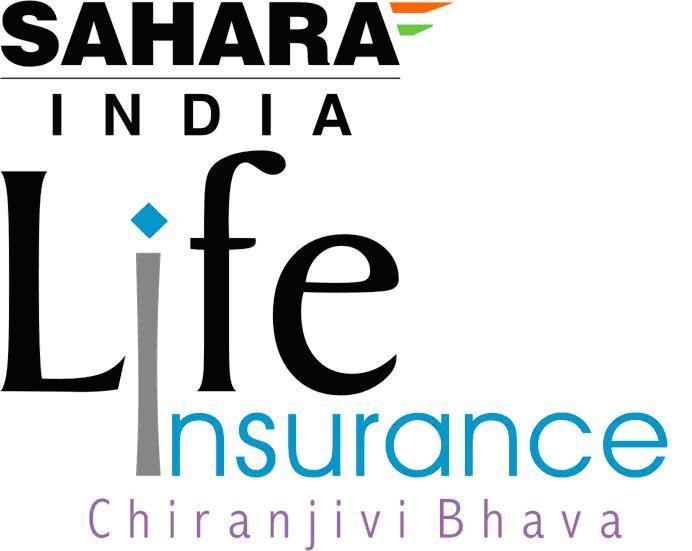Income Tax Filing For Freelancers
Table of Contents
Though moonlighting and freelancing have been the topic of debate recently, they offer a bunch of opportunities. Besides providing an additional income for living, freelancing provides various tax exemptions for individuals. What exactly does the term “freelancing” mean? Freelancing is a source of income that can either be full-time or part-time and professionals indulge in it to earn money. At present, some of the top freelancing professions include graphic designers, photographers, makeup artists, content writers, legal consultants, chartered accountants, and several others.
According to the Income Tax Act of 1961, a freelancer must file an income tax return just like a salaried employee. However, the process of filing an income tax return is different in both cases. In this article, learn about the tax slabs for freelancers, their tax deductions, and the process of income tax filing.

How Much Tax Is Charged on Freelancing in India?
According to the Income Tax Act’s Section 194J, all professional services rendered by independent contractors are subject to a 10% Tax Deducted at Source (TDS). Listed below are the two ways through which freelancers calculate their taxable income, according to the audit under Section 44AB.
- When a freelancer makes gross receipts less than 50 lakhs, income tax is calculated on a presumptive basis. The tax amount thus becomes equal to 50% of the total Gross Receipt.
- On the other hand, a freelancer may keep a book of accounts if their gross receipts exceed 50 lakhs or if their net profit is less than half of their gross receipts. The difference between gross receipts and business expenses is the taxable amount in this case.
Formerly, independent contractors had to pay VAT and service tax. However, the new tax law currently levies the GST at 18%. Freelancers will now be required to pay CGST, SGST, and IGST depending on the service regions.
For independent contractors under the age of 60, the following tax rates will be in effect:
|
Annual Income (Rs.) |
Old Tax Regime |
New Tax Regime |
|
Below 2.5 lakhs |
0% |
0% |
|
2.5 lakhs- 5 lakhs |
5% |
5% |
|
5 lakhs- 7.5 lakhs |
20% |
10% |
|
7.5 lakhs- 10 lakhs |
20% |
15% |
|
10 lakhs- 12.50 lakhs |
30% |
20% |
|
12.50 lakhs- 15 lakhs |
30% |
25% |
|
15 lakhs and above |
30% |
30% |
What Is the Income Tax Filing Procedure for Freelancers in India?
Freelancers working in any sector must file an income tax return. Here’s the process that you need to follow for filing an income tax return:
- Compute the gross income of the given financial year, i.e. 1st April to 31st March without including any financial obligations such as loans since they are not regarded as earnings.
- Calculate your freelance operating costs to receive a tax deduction.
- Choose and duly fill out the application form from the following:
- Individuals who gain financial gain via a business are subject to the ITR-3. Such people could operate a business or profession and earn money from rent, capital gains, wages, pensions, and other sources.
- People who choose presumptive income schemes in accordance with Sections 44AD and 44AE of the Income Tax Law must use ITR-4. If independent contractors have business incomes as described in Sections 44AD or 44AE, as well as salaries, pensions, or any other kind of income that exceeds 50 lakhs, ITR-4 Form will be relevant. You can also e-file income tax returns by browsing the official website of the Income Tax Department of India.
- Provide all the information related to the taxable income, deductions, advance tax paid, and others which are necessary to submit. The IT Department employees audit a person's income if they earn more than Rs. 1 crore in a financial year.
Tax Deductions Available For Freelancers in India
Listed below are the sections under which freelancers can claim tax deductions.
Section 80C: Freelancers may recover up to 1.5 lakhs in taxes from their investments in tax-saving plans like ELSS and ULIP insurance.
Section 80CCD: Individuals are eligible for tax deductions from the investment done in Central government schemes.
Section 80CCF: Tax advantages can be obtained when investing in bonds for infrastructure that has been specified by the government.
Section 80DD: A maximum tax deduction of Rs. 1.5 lakhs is allowed for treatment costs for a dependent of an assessee who is disabled.
Section 80D: Deduction on premium paid for a health insurance policy.
Section 80G: A tax deduction for charitable gifts.
Section 80E: Tax deductions are available for people who pay interest on student loan debt.
Conclusion
In conclusion, despite working as a full-time or part-time freelancer, an individual must pay income tax to the government of India. You can either appoint a consultant or associate to e-file an ITR, or you can do it yourself. In addition, freelancers are also eligible for certain tax deductions, as mentioned in the above section.
Also read: Difference Between Tax Exemption, Tax Rebate and Deduction




























